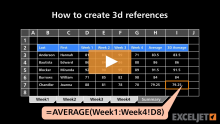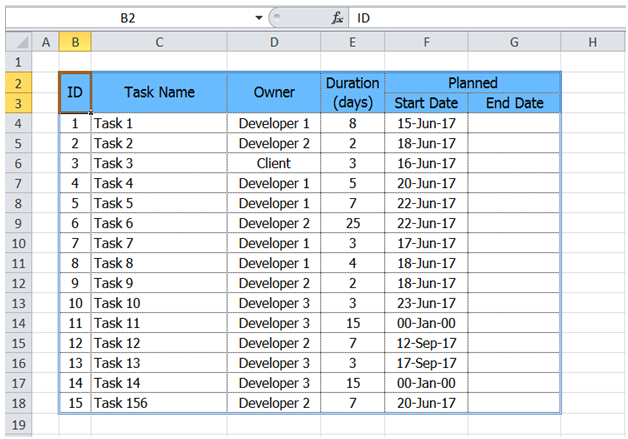


The FILTER function needs the following information to work.Īrray – This is the range or array of values that you want filtered, and returned by the FILTER function. Well, there is now a powerful formula alternative.

It can return one (if looking for a unique value), but also multiple results.īack in March 2018, Gašper wrote a brilliant two part article on Merge Queries being an alternative to VLOOKUP. The FILTER function (as you will see) can test multiple criteria, and from any column. Always looks in the first column, can only return one result, only tests the one criteria (without outside help). Most Excel users are very familiar with VLOOKUP. It can also be used as a supercharged lookup formula. The FILTER function could be used in a Data Validation rule or within a SUM function for a new and improved SUMIFS. Meaning it is automated, can return results to wherever you want them, and can be used in other formulas and Excel features. Well, we will now have filtering in the shape of a formula. But you watch Excel users at work, and everybody filters lists. Sure, it may not be as flashy as Power Query, PivotTables and advanced formulas. The filter tool is one of the most useful features of Excel. Perpetual Excel 2019 license will not have dynamic arrays included. Note: The dynamic array formulas are coming soon to Excel 365 subscribers only. This criteria can include multiple conditions and also AND/OR criteria. The FILTER function will filter a list and return the results that meet the criteria that you specify. One of these – the FILTER function – is possibly the best of the lot. General note: in a similar way, you can use the AVERAGEIF function to average cells based on one criteria and the AVERAGEIFS function to average cells based on multiple criteria.Last year, Microsoft announced the introduction of a new group of functions in Excel, known as dynamic array functions. To sum cells based on multiple criteria (for example, circle and red), use the following SUMIFS function (first argument is the range to sum). Note: visit our page about the SUMIF function for many more examples. To sum cells based on one criteria (for example, green), use the following SUMIF function (three arguments, last argument is the range to sum). To sum cells based on one criteria (for example, greater than 9), use the following SUMIF function (two arguments). Note: visit our page about the SUM function for many more examples. To sum a range of cells, use the SUM function. To count rows based on multiple criteria (for example, green and greater than 9), use the following COUNTIFS function. Note: visit our page about the COUNTIF function for many more examples. To count cells based on one criteria (for example, greater than 9), use the following COUNTIF function.


 0 kommentar(er)
0 kommentar(er)
